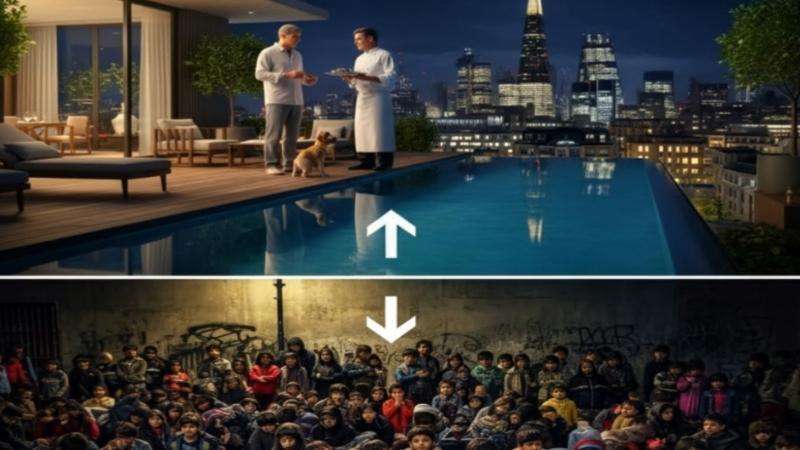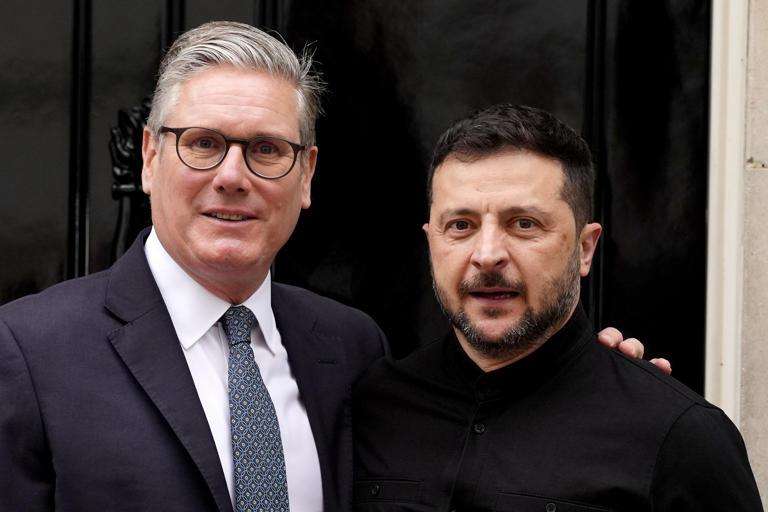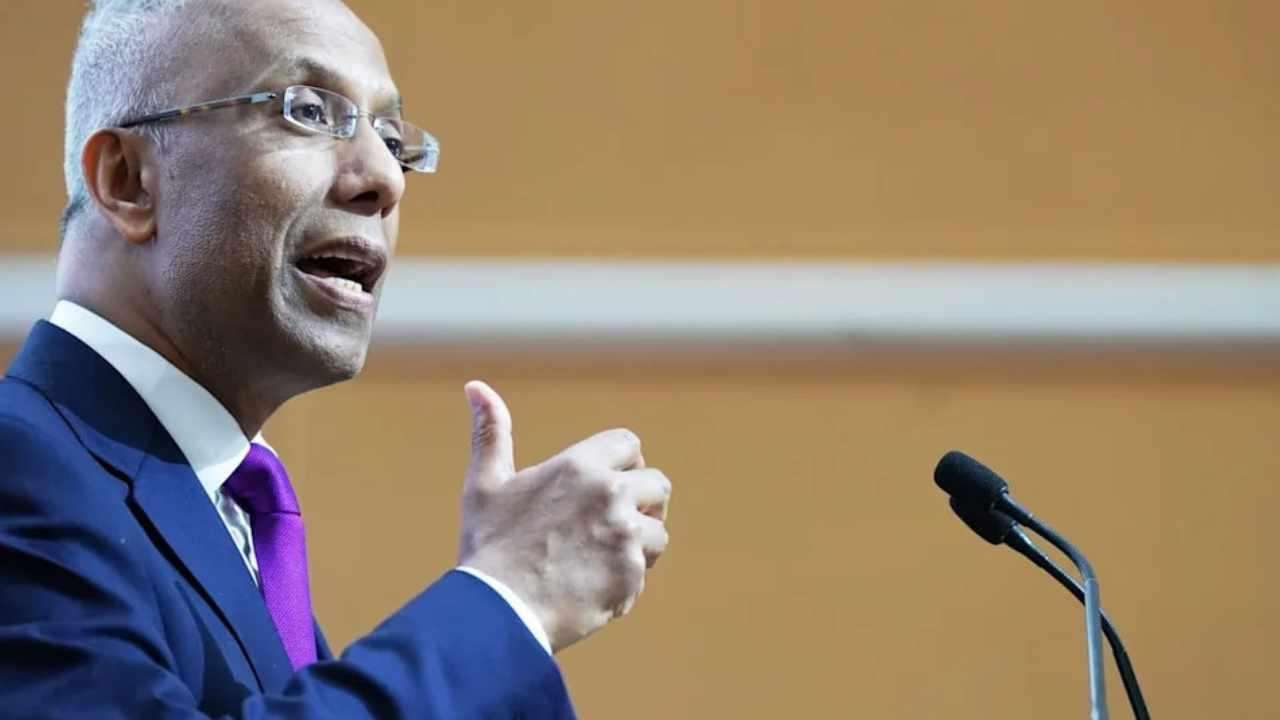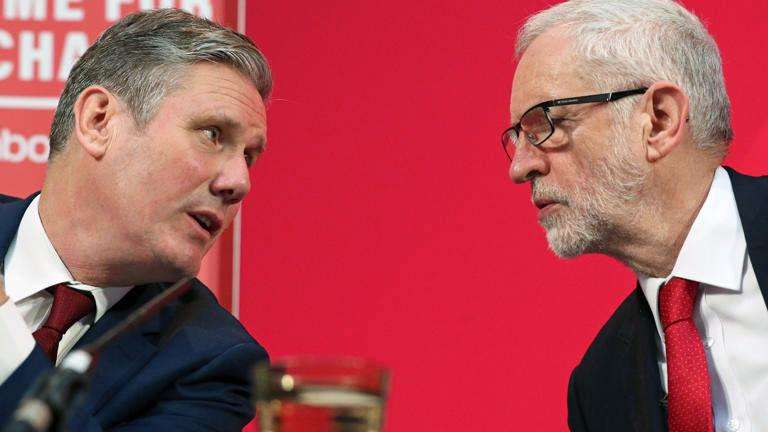Amid escalating geopolitical tensions and a growing sense of a return to great-power competition, the United Kingdom finds itself in a precarious position. While Prime Minister Sir Keir Starmer has made bold pledges to increase defence spending and has taken a leading role in forming a "coalition of the willing" to support Ukraine, a deeper look into the nation's military reveals a complex and challenging reality. The UK, it seems, is acutely aware of the threats it faces, but its current military posture raises serious questions about its readiness for a prolonged, high-intensity conflict.
The government's recent announcements, including a new Strategic Defence Review and a commitment to raise defence spending to 2.5% of GDP by 2027—and an ambitious target of 5% on "national security" by 2035—are a clear acknowledgment of a more dangerous world. Yet, as military experts and defence analysts point out, these numbers alone do not tell the full story. As James Black, assistant director at security research group Rand, noted, a 2% defence spending target was a "politically derived" post-Cold War number, and in the past, countries routinely spent much more.
The data paints a sobering picture. The UK's military, while technologically advanced, is smaller and more stretched than it has been in decades. Personnel numbers have fallen by 45% since 1984, with only a fraction of the total force being "fully deployable." This is a significant concern, especially if the UK were to engage in peacekeeping activities or a more substantial intervention that requires "boots on the ground." The recruitment and retention of skilled personnel are major challenges, with the armed forces struggling to compete with the private sector and facing issues with service conditions.
Beyond the numbers of troops, the state of the UK's equipment is also a matter of concern. While the Ministry of Defence has released figures showing a slight increase in some key assets like tanks and fighter jets, a significant portion of the military's arsenal is aging. A 2021 defence committee report described the lack of new acquisitions as "deplorable," noting that much of the army's armoured fighting vehicles are from before the 1990s. The Royal Navy faces similar issues, with some frigates well beyond their intended service life.
The war in Ukraine has exposed a critical vulnerability in Western militaries: the ability to sustain a long-haul conflict. Unlike a "short, sharp, horrible flurry of violence," as some had assumed, the war has demonstrated the necessity of robust stockpiles and the ability to replenish equipment quickly. The UK, which has been a major donor of military aid to Ukraine, has seen its own stockpiles depleted. Experts like Stuart Young, a former Royal Navy engineer, suggest it could take four to five years to fully replenish supplies, a timeframe that would be unfeasible in a direct conflict.
So, is the UK ready for war? The answer is not a simple yes or no. The government is clearly aware of its limitations and has taken significant steps to address them, most notably through increased defence spending and a new strategic review. However, the legacy of years of "hollowing out" the armed forces and an under-invested defence industry means that these challenges cannot be solved overnight. The UK knows its situation and is in a race against time to rebuild its military capacity to meet a new and more dangerous global reality.



_2.jpg)
_3.jpg)



.svg)



_2.jpg)